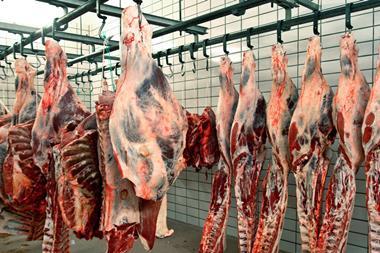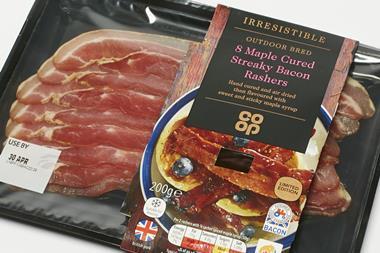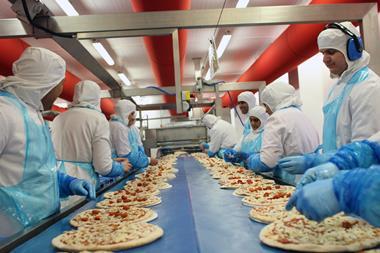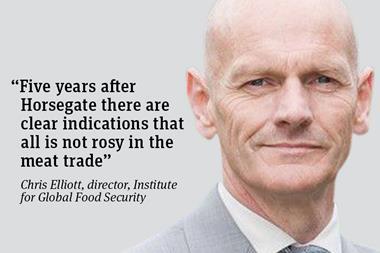Surprisingly, perhaps, the onus is on the food business operator (FBO) to determine the safe shelf life of their meat, and therefore the use-by date. But the FSA ‘suggests’ a 10-day rule, recommending that chilled vacuum or modified atmosphere packaged meat stored at 3-8°C, including raw meat, be given a maximum shelf-life of 10 days.
Right. So why 10 days?
Because food safety experts reckon it’s a safe margin to ensure C.botulinium, which causes botulism - a potentially fatal form of food poisoning - doesn’t have the chance to grow and produce toxins. Found in the gastrointestinal tracts of animals, it thrives in oxygen-free environments and can produce harmful toxins at temperatures of 3°C and above.
At what point in the supply chain is the 10-day rule applied?
It’s all about the temperature. Primal beef that has been vacuum-packed for maturation storage is usually OK because it is “usually held around zero where botulinum doesn’t grow,” says Kim Matthews, head of animal breeding & product quality at AHDB. So if a cutting plant was buying in vacuum packed primals that had been stored and transported at temperatures below 3°C, the 10-days would apply from when the meat was brought up to temperature to cut and re-pack. But if the packed meat reached 3°C at any point during that storage or transportation process, it would apply from that point.
Seems straightforward. What’s causing confusion?
Because suppliers can choose to exceed the recommended 10 days. “If you are extending use-by dates beyond the recommended 10 days, you are not necessarily non-compliant,” says an FSA spokesman. “Our hygiene inspectors would expect to see evidence proving you have a legitimate reason for doing so.”
What would be considered legitimate?
If a meat supplier could demonstrate their products were consistently not contaminated with C. botulinum, they could possibly extend the shelf life beyond 10 days, says Peter Wareing, food safety and manufacturing consultant at Leatherhead Food Research. But the effectiveness of their control measures may need to be tested through challenge testing. “Challenge testing is when food is contaminated on purpose in a laboratory with known levels of microorganisms or their spores,” Wareing explains. “Samples are then incubated under normal storage conditions for defined periods of time to determine if the microorganisms produce toxin, survive, grow or die in the products. It is quite a complicated process, requiring specialist laboratory facilities, with careful judgement required in order to interpret the results.”
Sounds fairly onerous. Why has this suddenly become an issue?
Because until relatively recently, the packaging used for meat meant it would naturally spoil before the 10-day limit was reached. “Over the last 20 years we’ve had modified atmosphere packs which are gas flushed,” says Matthews, where “shelf life is determined more by colour deterioration than food safety concern. They tend to discolour within 7-8 days so you aren’t getting anywhere near that 10 days anyway.” The introduction of vacuum packaging technology, which can keep meat looking fresher for longer, brings the opportunity to extend shelf-life beyond 10 days. With margins tight, that’s a temptation. But as the FSA says you need your paperwork to be up to scratch. “If a supplier [isn’t] following the 10-day rule and [cannot] demonstrate there were steps in its process to stop the organism from growing and producing toxins, enforcement officers would consider it not to be following due diligence, which would be a breach of hygiene regulations.”
What about meat sold as frozen?
According to the FSA guidance, if a food business operator labels their product to be stored below 3 degrees, they “must have an understanding of the temperatures at which the product will be held at all stages after it leaves their control”. If the product is likely to be stored at between 3-8°C after it leaves the FBO’s control (such as in a commercial kitchen) and no other controlling factors for C.botilinium exist, “the maximum 10 days shelf life should be applied from the point the vacuum- or modified atmosphere-packed product reaches or is likely to reach a temperature of 3 degrees or above”.



















No comments yet